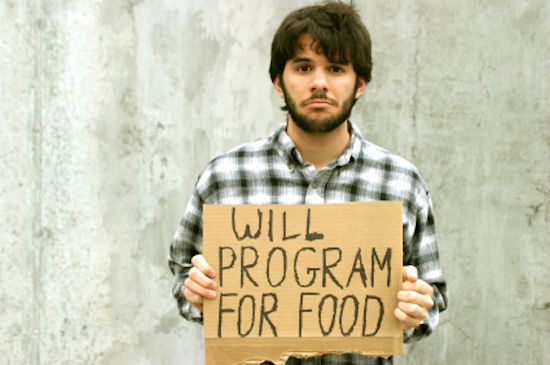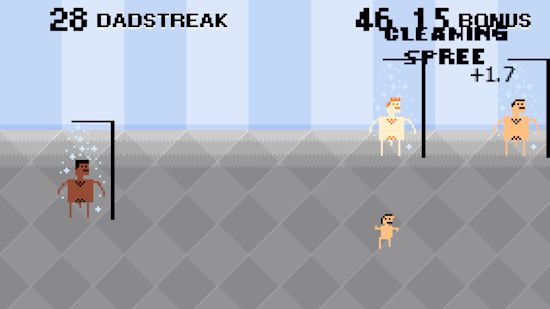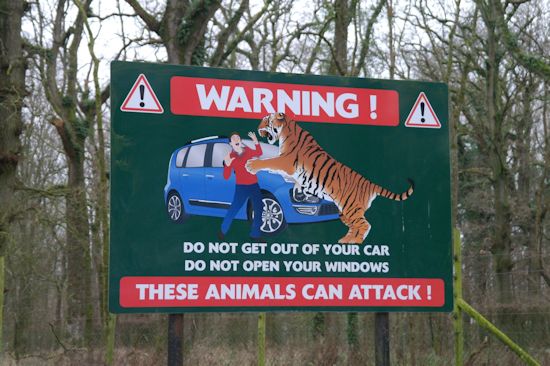So everyone is talking about indiepocalypse, or however we pronounce it. Basically there is a fairly broad consensus online that about a year ago indie development was like this:

And that now it is like this:

Here is my take. Short answer: yeah, sort of, and it was pretty obviously coming.
I think it is MUCH harder now than it was a few years ago, at least for indies, but I don’t blame (as many people do) all of this on steam ‘opening the floodgates’. It wasn’t like it was *illegal* to sell games on the PC without being on steam. I managed quite fine (even bought my house) before I ever managed to get a game on steam. The opening of steam to thousands of new indie devs made it much ‘easier’ to sell online…and that is the core thing here.
Basic classical economics tells us that corporations in a working market will earn ‘normal’ profit. That is, given the chances of failure and thus the risks of investment, the return of investment in a market will equate to the general market rate of interest. In other words, if I can get 2% on my savings in a bank, then the normal profit for a low-risk occupation is likely to be about 3-4%, with that extra earnings level added in because self-employment is more risky. Basically whenever you see a ROI earned by a company thats really high, the market has either failed, or an adjustment is under way.
There were a lot of indie Games making a lot of money a few years ago, such as Minecraft, Prison Architect and all of the Indie Game:the Movie hits. Suddenly the idea that indie gmers could make not just the same but MORE money from indie dev than a ‘normal’ coding job was accepted. This generates factor 1:
ATTRACTION FACTOR 1: Perception of riches from indie game development.
In a perfect market, everyone then quits their AAA job and makes indie games, until the likes of Mojang and Introversion make less of a profit. Thats a market correction. However, it was not an immediate correction due to three drag factors:
DRAG FACTOR 1: Making indie games with a small team/solo is FUCKING HARD.
DRAG FACTOR 2: Production costs for even an indie game are out of the reach of the average person.
DRAG FACTOR 3: Access to the market is difficult. (Hard to get on steam).
So the apocalypse has happened because (in my opinion), these drag factors have stopped acting as a block. Why? Well 3 is obvious, steam introduced greenlight, then lowered the requirements to get through it. A lot of indies couldn’t even be bothered to read a handy article on how to sell their games before greenlight. Thats no longer a problem.
Factor 2 has almost vanished for 2 reasons. Firstly kickstarter/early-access is so prevalent that raising money to make a game is no longer impossible (Plus there are now indie publishers like Positech and Indie Fund). Secondly, the production costs have come thundering down due to my controversial opinion that…. drumroll…
…People have started going fucking gaga over ‘retro’ pixel art graphics in a silly way…
Not in a cool, stylish, re-interpretation of such graphics bought up to date in the style of puppygames, or in a ‘amazing twist on the old look whilst still paying homage to it like Fez. Nope. I mean like this:

Now, I’m not saying its a good or bad game (shower with your dad simulator), I haven’t spent any of my precious waking life playing it. All I’m saying is that if you look at that screenshot and then look at this:

Thats $63,000 gross in 2 weeks. Thats pretty good. Thats not an *indie hit*, but its GOOD. That is probably $200,000 for the developer this year, maybe $250-300k lifetime. Lets be clear, this game did NOT have a high art budget. I’m not sure it had an art budget. Or an artist. But it *doesn’t matter*, because people are quite happy to see through that and thus buy it. Lets be even more clear, I’m not criticizing the game or people who bought it. I’m saying… Costs of development for a game people will buy seem to be insanely low right now…
So it turns out nowadays we can get funding for our art budget easily, if we even need one…we may not do. So that leaves the final factor… Making games is fucking hard.
But wait! Look at the screenshot above. Maybe it isn’t? There wasn’t a lot of complex shader optimization going on there I suspect. Maybe this love of retro games makes the whole argument that ‘games are hard to make’ moot? And even if it does not… Then we have the rise and rise and rise of unity and stuff like it. Plus lets remember that simpler tool like gamemaker can now churn out stuff that runs reasonably well because we all have astonishingly fast video cards these days.
So what do I conclude?
Well conclusion 1) is that none of this is steams fault. Or at least…very little. Its more a shift in tastes and technology than anything else. If greenlight had never been invented, maybe we would have a ‘unity app store’ that was going great-guns right now.
Conclusion 2) is that profits are going to go down…down..down for indie development. These are not the same glory days. This is a market correction, arguably a much needed one.
Conclusion 3) is that there is no ‘solution’ to this other than making great, original games. Even that may not be a solution. Game development is like being an actor or a musician, there are more people that want to do it than there is a market big enough to sustain all of them in jobs. Don’t assume the market equilibrium always happens at a level where you can eat.
Sorry I don’t have happier news. here is a picture i took that amused me instead:
